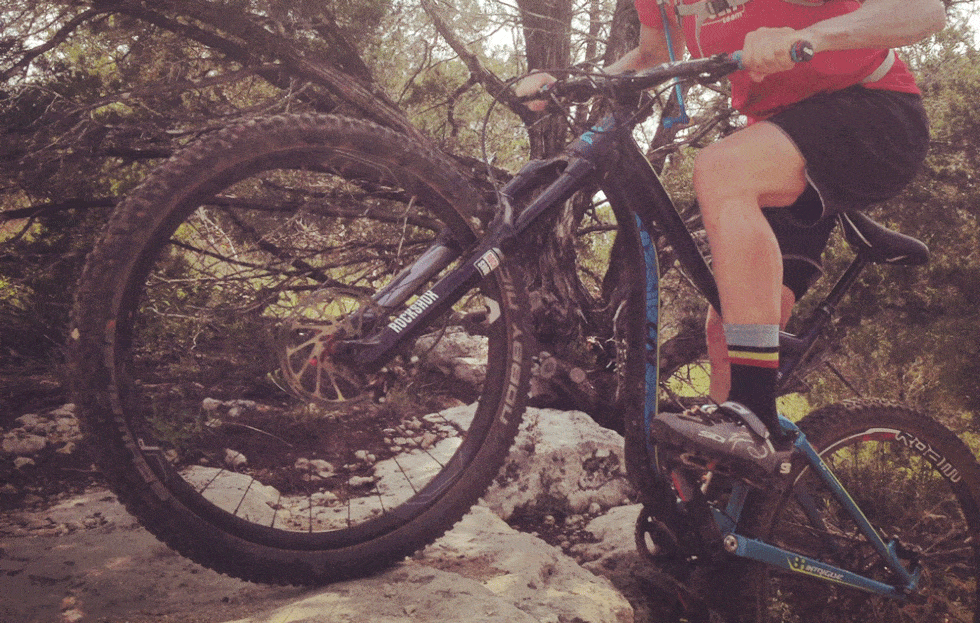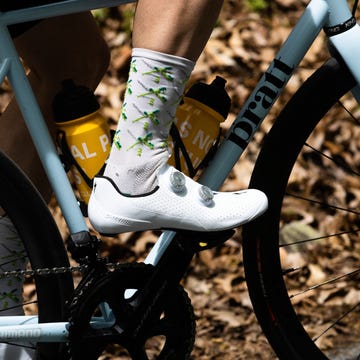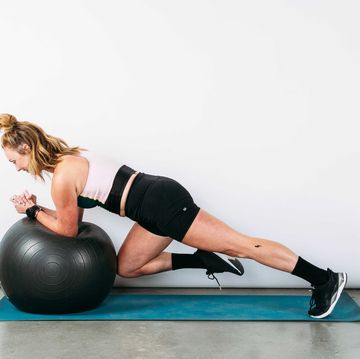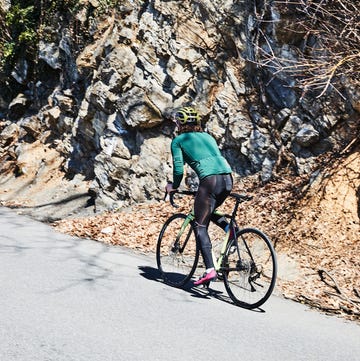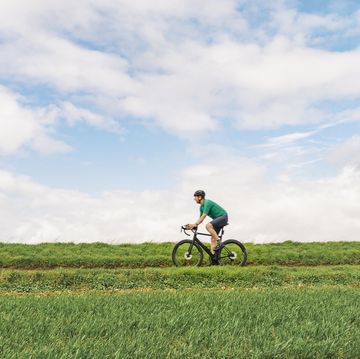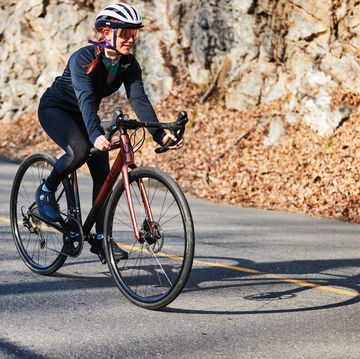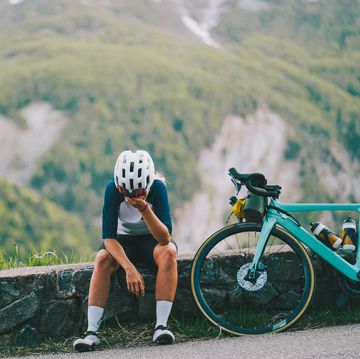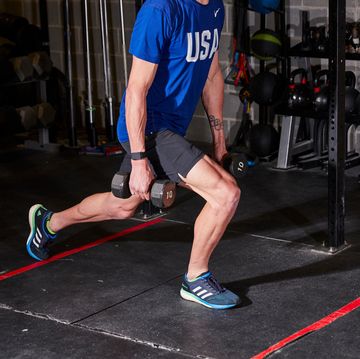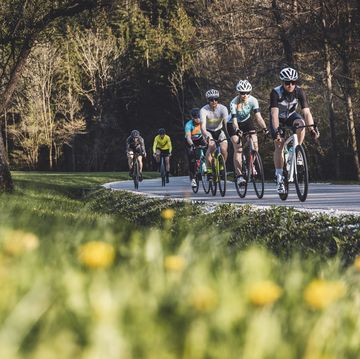You’ve probably watched with envy as other cyclists ride wheelies down the trail—and you probably know from experience that it’s easier said than done. It's a skill that can take years (and plenty of frustration) to do consistently. However, popping a wheelie to briefly lift your front wheel is much easier to master, and might just become your go-to motion for conquering challenging obstacles.
Related: Four Skills to Take Your Riding To The Next Level
Pro rider and coach Lindsey Voreis, who leads the Ladies AllRide clinics, starts with the difference between a wheelie and a basic wheel lift, which is little more than yanking on your bar to lift the front tire. Voreis says the basic wheel lift can be a good way to learn to get your front wheel up, but because it relies more on arm and back strength (rather than leg power) it's harder to lift your wheel over taller obstacles; Plus, since it forces your weight down, it can rob you of momentum.
Unlike a basic wheel lift, a wheelie is generated from your pedal stroke. When you push on the pedal to generate forward momentum, you rock your weight back over your rear hub, and the opposing forces will pull your front wheel up effortlessly. With practice, you can extend a wheelie for as long as you like, and even if you can only get the initial pop, you'll still be able to use that forward momentum to get over all sorts of technical terrain. Here are three easy steps from Lindsey to get you rolling.
Wheelie off a Curb
As you approach the edge, plan to pop your wheelie just before you reach it. If you pop too early, you might come back down before you get to the actual drop; and if you go too late, you might run off the curb. Just stay relaxed, bend your elbows and extend them outward to create a solid foundation for pulling on your bars, keep your eyes focused 10 to 15 feet ahead (not down at the curb), and push into the pedal with your dominant foot when it's at the top of the pedal stroke. As you do so, pull back on the bars, and straighten your hips to shift your weight back. (Lost? Try our MTB cheat sheet.) The nice thing about practicing on a curb is that it offers a modest challenge with little consequence. If you mistime it, or wobble, you should still be able to stay upright. Practice until you can time your wheelie perfectly every time—both up and down the curb.
Wheelie up Larger Rocks
Graduate to climbing large rocks or “step-ups” with square edges. As the step-ups get bigger, you'll find that if you simply yank your handlebars up to your chest with your elbows (as in a basic wheel lift), your bike will stall out halfway through the move. Instead, pop a wheelie, which keeps you rolling so you'll have more momentum to carry you over the top. Once your front wheel is up and on the obstacle, push down on your bars and bend forward at the hips to shift your weight forward. That will make it easier for your rear wheel to float over the top.
Wheelie off a Drop
Riding off drops can be scary if you don’t approach with the right speed. When you can't just roll down the backside, popping a wheelie just before the edge is an effective way to keep from endoing. Like when you practiced on curbs, timing is key. You want your front wheel to come up right before you hit the edge, shifting your weight back as you ride off. The goal is to keep your tire in the air long enough so you land on your rear wheel and the front comes down once you’re on the ground. The higher the drop, the bigger the wheelie you'll need.
Related: 30 Days of Wheelies
Whether you’re showing off your skills or just getting comfortable popping curbs, it’s really fun to wheelie—so get out and practice, practice, practice. You’ll find yourself using it more than you think.

